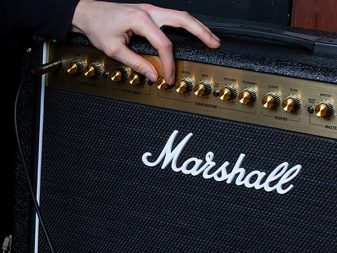 The number of amplifiers on the market is nothing short of mind-boggling. From classic tube amplifiers and their reissues to modern hybrid options that incorporate digital effects and features, it’s hard to make sense of it all. I will focus on the basics in this article to help you choose the appropriate model for your needs. Focusing on your budget, your style preferences, and the environment you’ll be playing in will guide your decision. You might even find that as time goes by and you cultivate your style, you might pick up a few more amplifiers to cover various musical situations!
The number of amplifiers on the market is nothing short of mind-boggling. From classic tube amplifiers and their reissues to modern hybrid options that incorporate digital effects and features, it’s hard to make sense of it all. I will focus on the basics in this article to help you choose the appropriate model for your needs. Focusing on your budget, your style preferences, and the environment you’ll be playing in will guide your decision. You might even find that as time goes by and you cultivate your style, you might pick up a few more amplifiers to cover various musical situations!
Choosing an amplifier based on your budget
 There are many great choices for all sorts of budgets out there. The cost of an amplifier depends on many factors and isn’t a real indicator of the sound quality and satisfaction you’ll get when playing it. First of all, the type of amplification plays a big role in the pricing. Most of the transistor models cost less than their tube-driven counterparts. This is because the components and assembly techniques are more widespread than vacuum tubes. The latter also have costly, intricate construction requirements.
There are many great choices for all sorts of budgets out there. The cost of an amplifier depends on many factors and isn’t a real indicator of the sound quality and satisfaction you’ll get when playing it. First of all, the type of amplification plays a big role in the pricing. Most of the transistor models cost less than their tube-driven counterparts. This is because the components and assembly techniques are more widespread than vacuum tubes. The latter also have costly, intricate construction requirements.
Affordable transistor amplifiers
A great advantage of going for more affordable transistor models is that they lend themselves to many digital possibilities. These include effects, sound banks, USB connectivity, and built-in practice options. A lot of units are modelers. This means that they reproduce the sounds of in-demand amplifiers digitally. Nowadays, you can find these amps with an app or on-board navigation. This adds a lot of value to an already inexpensive product.
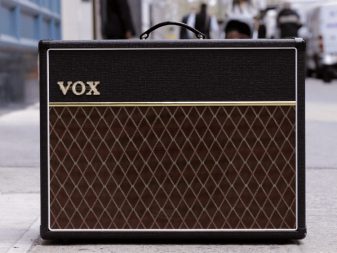 All the famous manufacturers have these types of products in their catalogues. For example, when I started out, I had a Marshall amplifier. While it wasn’t a modeler, it served me really well in my learning years because it sounded good and even offered a few effects for me to start playing with. Fender and Vox have many choices as well. Fender, for example, carries extremely popular amplifiers that are a great starting point for many people. Vox has a knack for making quality products at an affordable price point, and other, lesser-known builders, such as Joyo, are packing their products with desirable features.
All the famous manufacturers have these types of products in their catalogues. For example, when I started out, I had a Marshall amplifier. While it wasn’t a modeler, it served me really well in my learning years because it sounded good and even offered a few effects for me to start playing with. Fender and Vox have many choices as well. Fender, for example, carries extremely popular amplifiers that are a great starting point for many people. Vox has a knack for making quality products at an affordable price point, and other, lesser-known builders, such as Joyo, are packing their products with desirable features.
Traditional amplifiers
 If you want to explore the traditional, old-school world, tube models are the way to do it. The building techniques used here are rather conservative, and the built-in options are limited. On the flip side, the promise is to deliver pure, organic tones that reciprocate the intentions of the player. Playing softly tames the circuitry, while digging in overdrives it. This offers an exciting, dynamic experience that a lot of guitarists gravitate to. A lot of professional and famous musicians are very picky about amps, but most seem to gravitate towards these analogue options.
If you want to explore the traditional, old-school world, tube models are the way to do it. The building techniques used here are rather conservative, and the built-in options are limited. On the flip side, the promise is to deliver pure, organic tones that reciprocate the intentions of the player. Playing softly tames the circuitry, while digging in overdrives it. This offers an exciting, dynamic experience that a lot of guitarists gravitate to. A lot of professional and famous musicians are very picky about amps, but most seem to gravitate towards these analogue options.
The most famous and widespread builders are Fender, Marshall, and Vox. They are responsible for an incredible amount of recorded music throughout the years, and they’re highly revered. Some amplifiers are versatile, while others offer awesome gain possibilities. Marshall’s history is synonymous with rock music, and a Marshall plexi-style model will take you to the Nirvana of tone.
Musical style considerations
It’s really important to align your amp choice with the musical style you prefer. For example, if you get a high gain amplifier, you won’t have the proper tool for your country or jazz playing. These two styles require a rich, clean tone, which isn’t the main focus in highly distorted amplifiers. Every style has its go-to amplifiers, so it would be wise to read up on what your favourite players are using.
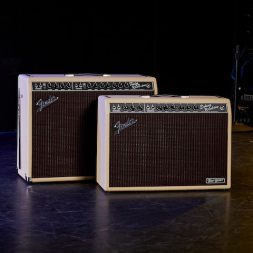 Here are a few common pairings. Keep in mind, though, that there aren’t any strict rules when it comes to choosing a product, so take these with a grain of salt. A lot of jazz guitar has been recorded through high-powered Fender amps. Country is another genre where Fender amps are a popular choice, but modern legends such as Brad Paisley have been known to venture outside of this trend. You’ll see him playing through Vox models from time to time. Blues players definitely love their Fenders—whether blackface or tweed varieties. Rock is very Marshall-centric, and for good reason. That mid-range punch has a lovely bark we know and love. Metal has been oscillating between the English sound and the high-gain nature of American models by Randall, and others.
Here are a few common pairings. Keep in mind, though, that there aren’t any strict rules when it comes to choosing a product, so take these with a grain of salt. A lot of jazz guitar has been recorded through high-powered Fender amps. Country is another genre where Fender amps are a popular choice, but modern legends such as Brad Paisley have been known to venture outside of this trend. You’ll see him playing through Vox models from time to time. Blues players definitely love their Fenders—whether blackface or tweed varieties. Rock is very Marshall-centric, and for good reason. That mid-range punch has a lovely bark we know and love. Metal has been oscillating between the English sound and the high-gain nature of American models by Randall, and others.
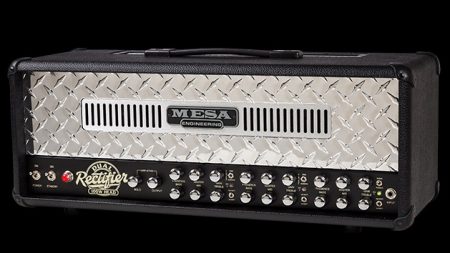
Amplifier power requirements
Depending on your environment, you’ll need to consider the amount of volume you’ll need. Back in the day, tube amplifiers came with preposterous power ratings that have slightly skewed guitarists’ perception of what is necessary. PA systems weren’t very refined for a certain period, and bands were doubling as the PA with their on-stage equipment. There are many ways that the wattage affects the playing experience. For example, the more powerful a unit is, the more headroom it has. This means that you’ll need to crank it to high volumes (intolerable is the right word in reality) to get the proper sustain, gain structure, and reciprocity in your unit.
Tube power
This is why I don’t recommend high power ratings in tube amplifiers, even if you play with a “loud drummer”. You’ll be hamstringing your own playing and basically never using the amp as it was meant to be used. For home practice, anything from 5 to 15 watts is good. If you plan on performing at any venue short of arenas and huge outdoor stages, the 22-watt concept popularized by Fender presents a lot of versatility.
Transistor power
For transistor models, the perceived volume is usually lower, and you’ll need more wattage to properly hear yourself in rehearsal and on small to medium stages. My Marshall was 50 watts, and it was a good balance for any situation. Don’t shy away from going for a higher output, because companies usually correlate higher power ratings to bigger speaker sizes. A 12-inch speaker is great for guitar amplification and really adds to the tone in a pleasant way.
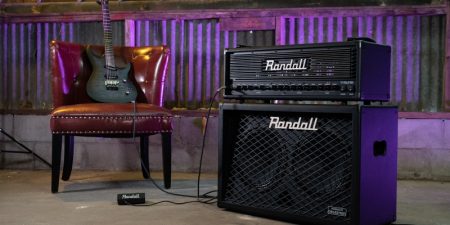
Hopefully, this article helps you narrow down your options. It’s no secret that guitarists end up amassing a lot of gear. It’s just a part of the journey. A bittersweet reality is that you’ll eventually grow and change as a player, and you’ll refine your preferences and needs. My advice is to keep an open mind, keep playing and exploring all the wonderful options that are available to us nowadays. When you look back, you might surprise yourself at how much you’ve learned through musical experiences.
Find the right amplifier for you at Best Buy’s online.


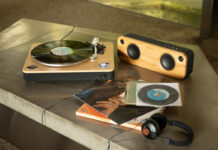
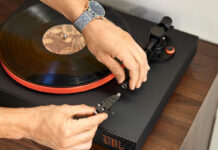
This was an interesting read. I currently have 2 bass amps, a big old 70s tube amp and a small Squier practice amp. I could probably use another more current bigger amp.
Thanks Nikolai!
Comments are closed.